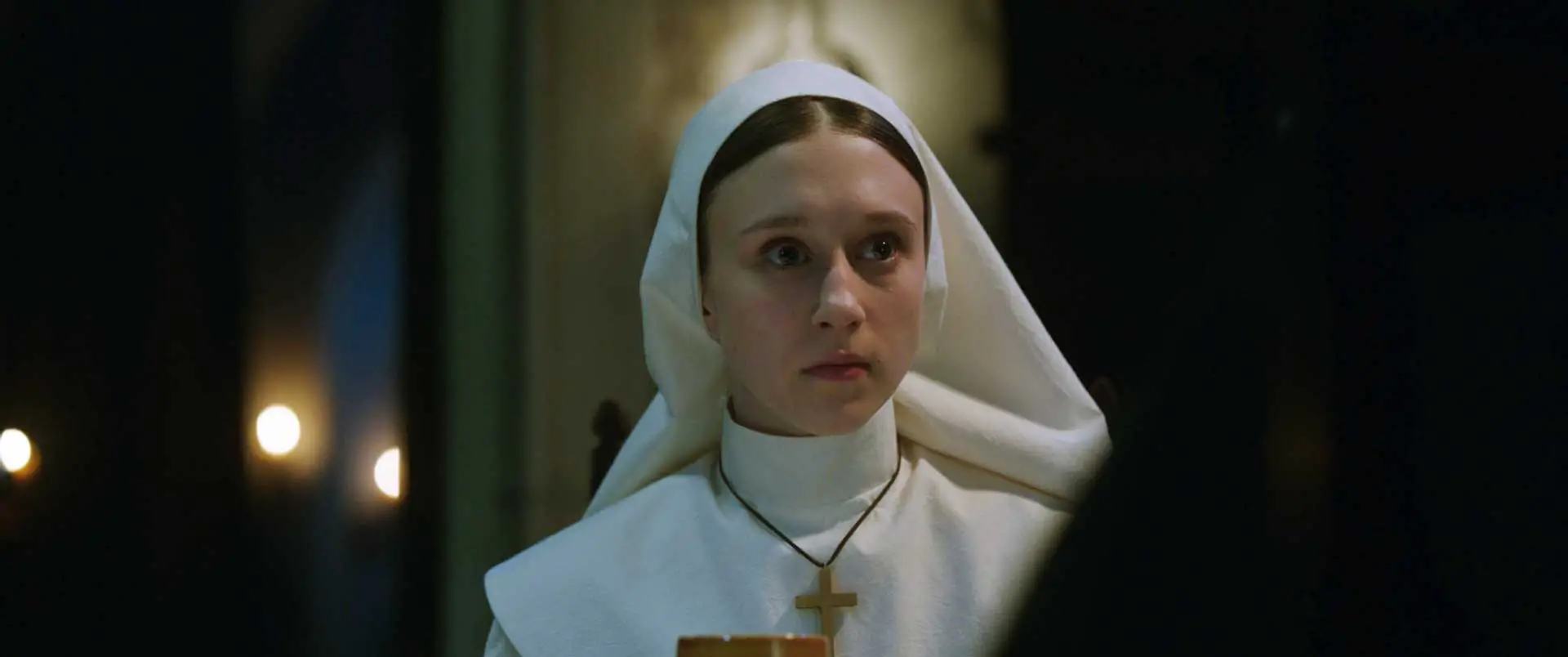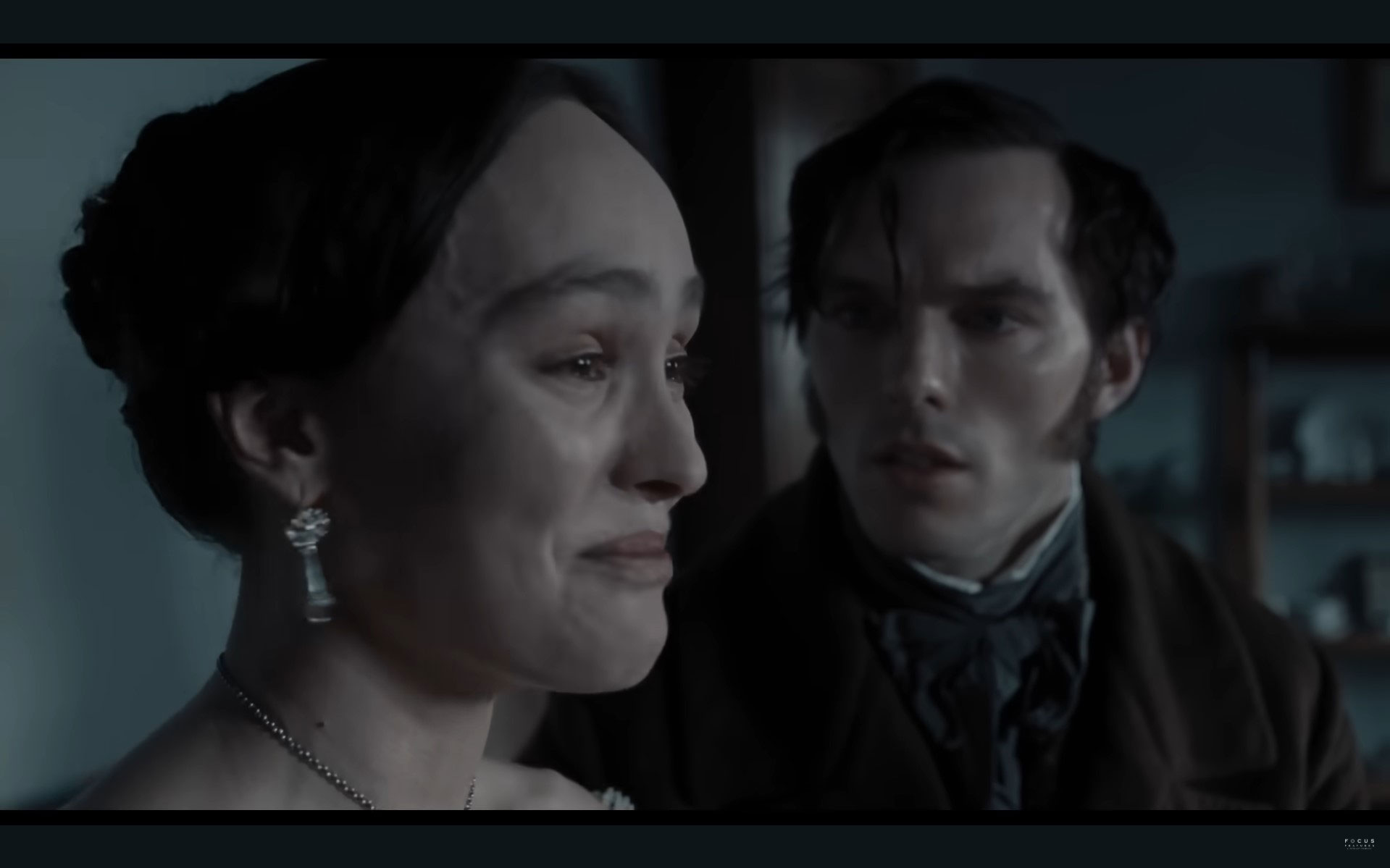
Gothic Horror Movies
Gothic horror movies are a classic subgenre of horror that blend dark romance, eerie atmosphere, and supernatural elements with themes of madness, isolation, and decay. Rooted in 18th- and 19th-century Gothic literature, these films often take place in crumbling castles, haunted mansions, or fog-shrouded countryside settings where secrets lurk behind every door and the past refuses to stay buried.
Central to gothic horror is the mood—it’s not about fast-paced scares, but slow-building dread and psychological unease. The genre thrives on contrasts: beauty and death, love and fear, the rational and the irrational. Characters are often tormented, haunted by guilt, grief, or forbidden desires, and the line between the living and the dead is frequently blurred.
Classic gothic horror includes films like Dracula (1931), Frankenstein (1931), and Rebecca (1940), which captured the genre’s visual style—shadowy lighting, dramatic architecture, and emotionally intense performances. Hammer Films revived the genre in the 1950s and ’60s with lush, color-drenched versions of The Curse of Frankenstein and Horror of Dracula, starring icons like Christopher Lee and Peter Cushing.
Modern gothic horror continues to flourish in works such as Crimson Peak (2015), directed by Guillermo del Toro, which pays homage to traditional gothic storytelling with rich visuals and tragic romance. The Others (2001) and The Woman in Black (2012) also exemplify the genre’s slow, chilling pace and haunted house settings.
Gothic horror is ultimately a tale of the past intruding on the present—be it through ghosts, family secrets, or cursed bloodlines. It’s elegant, melancholic, and deeply psychological. Rather than jump scares, it offers a lingering sense of unease and poetic terror, making it one of the most enduring and atmospheric styles in horror cinema.

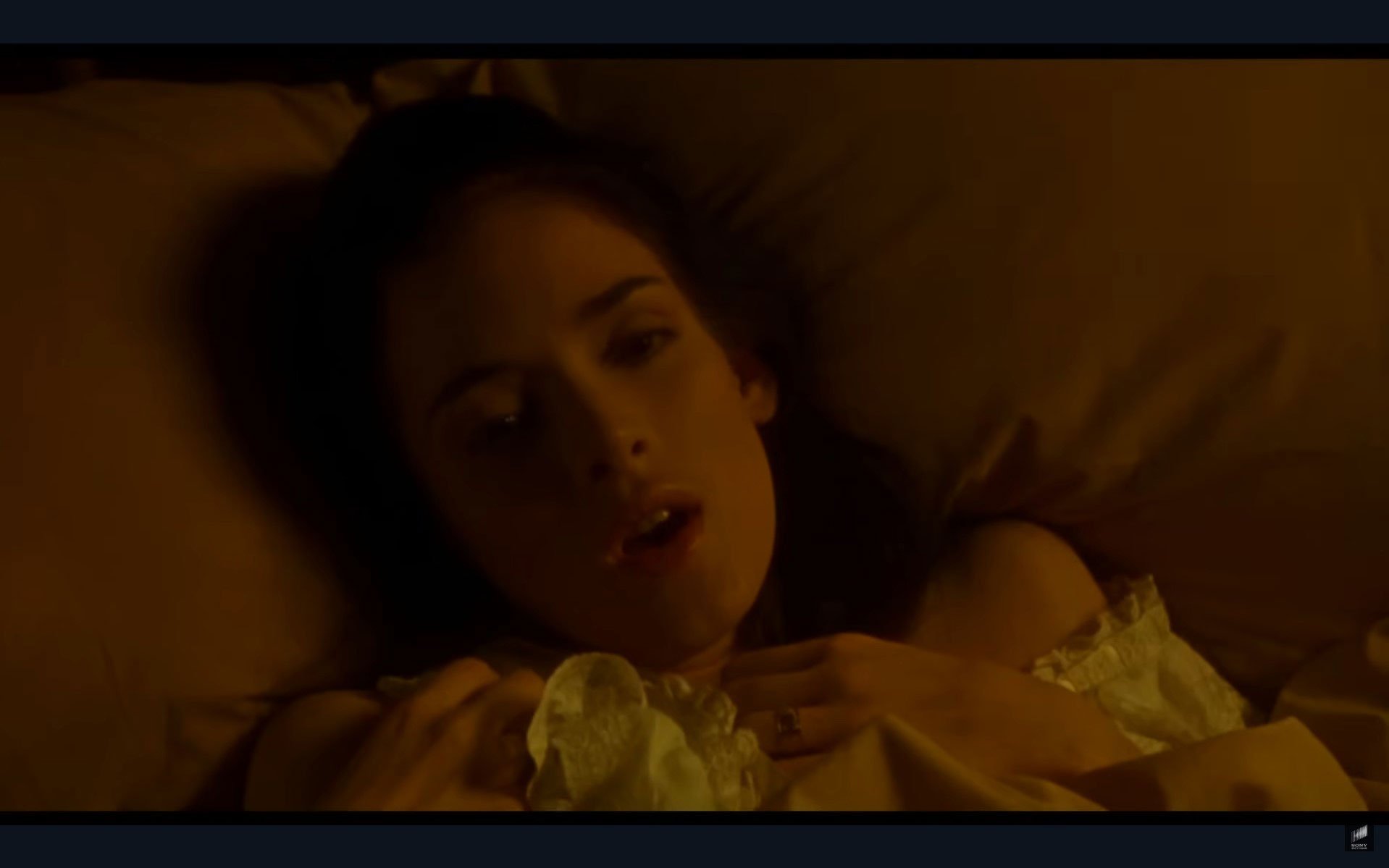
Bram Stoker’s Dracula

A Nightmare on Elm Street 5: The Dream Child

The Fall of the House of Usher
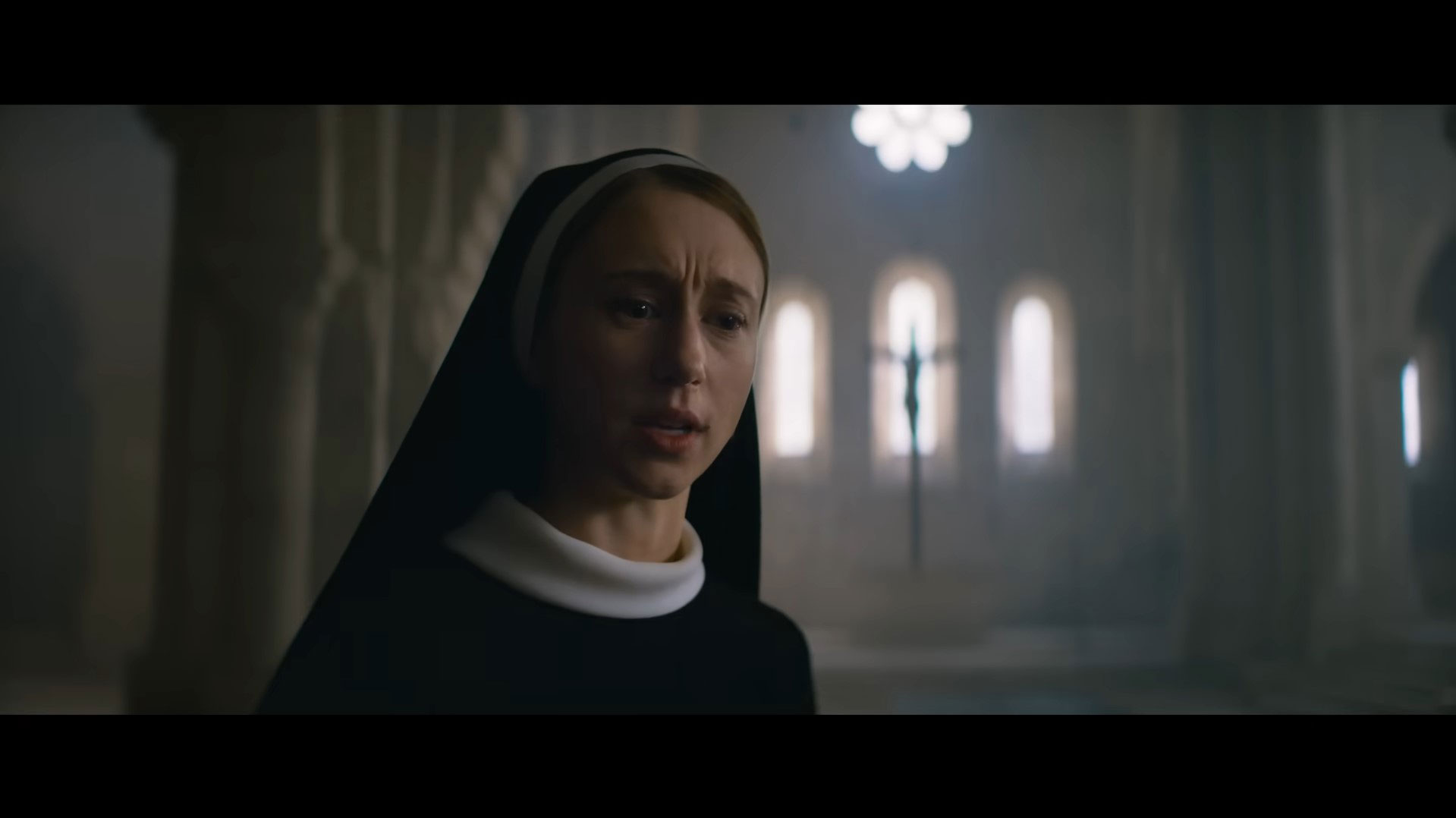
The Nun II
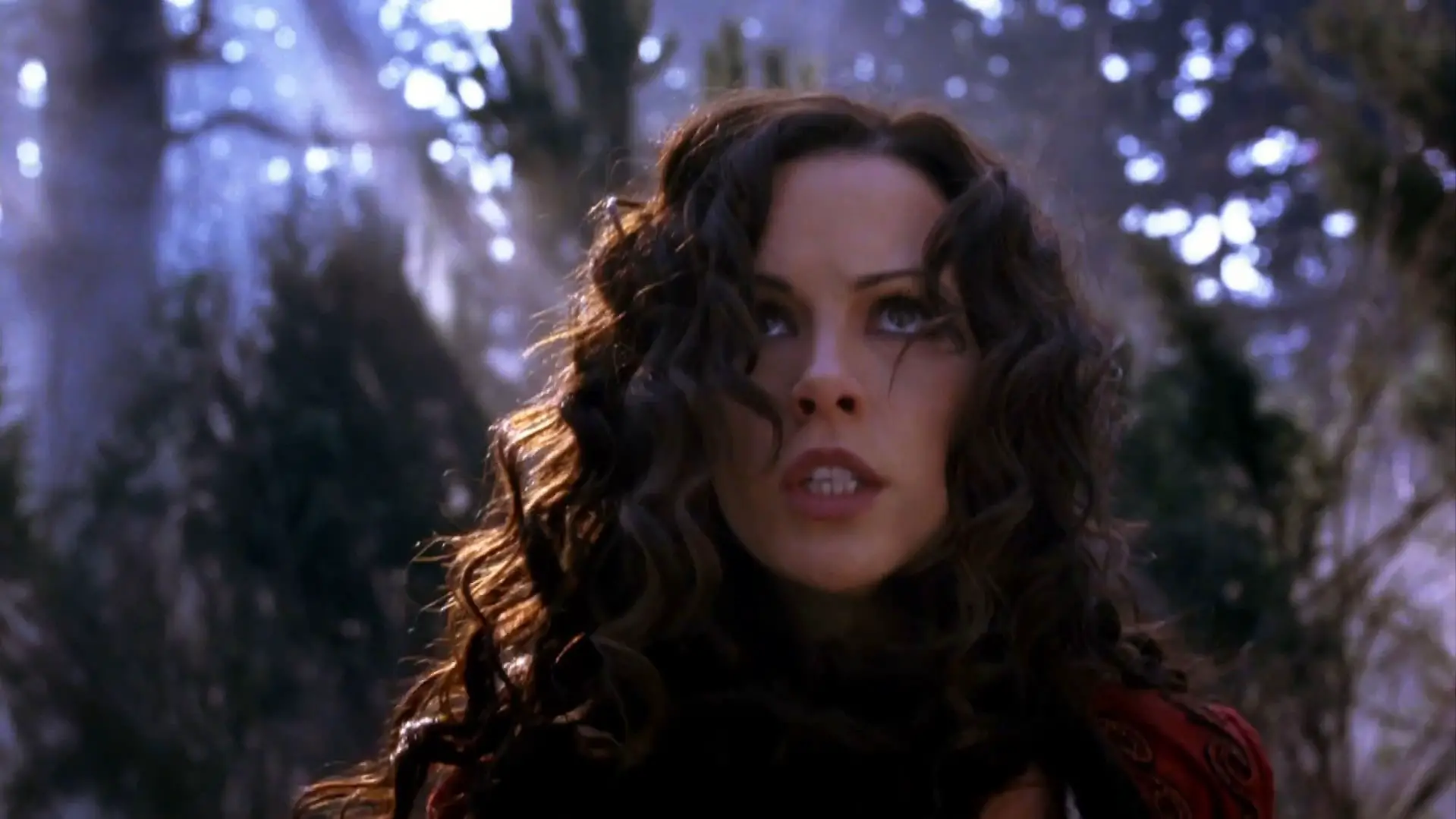
Van Helsing
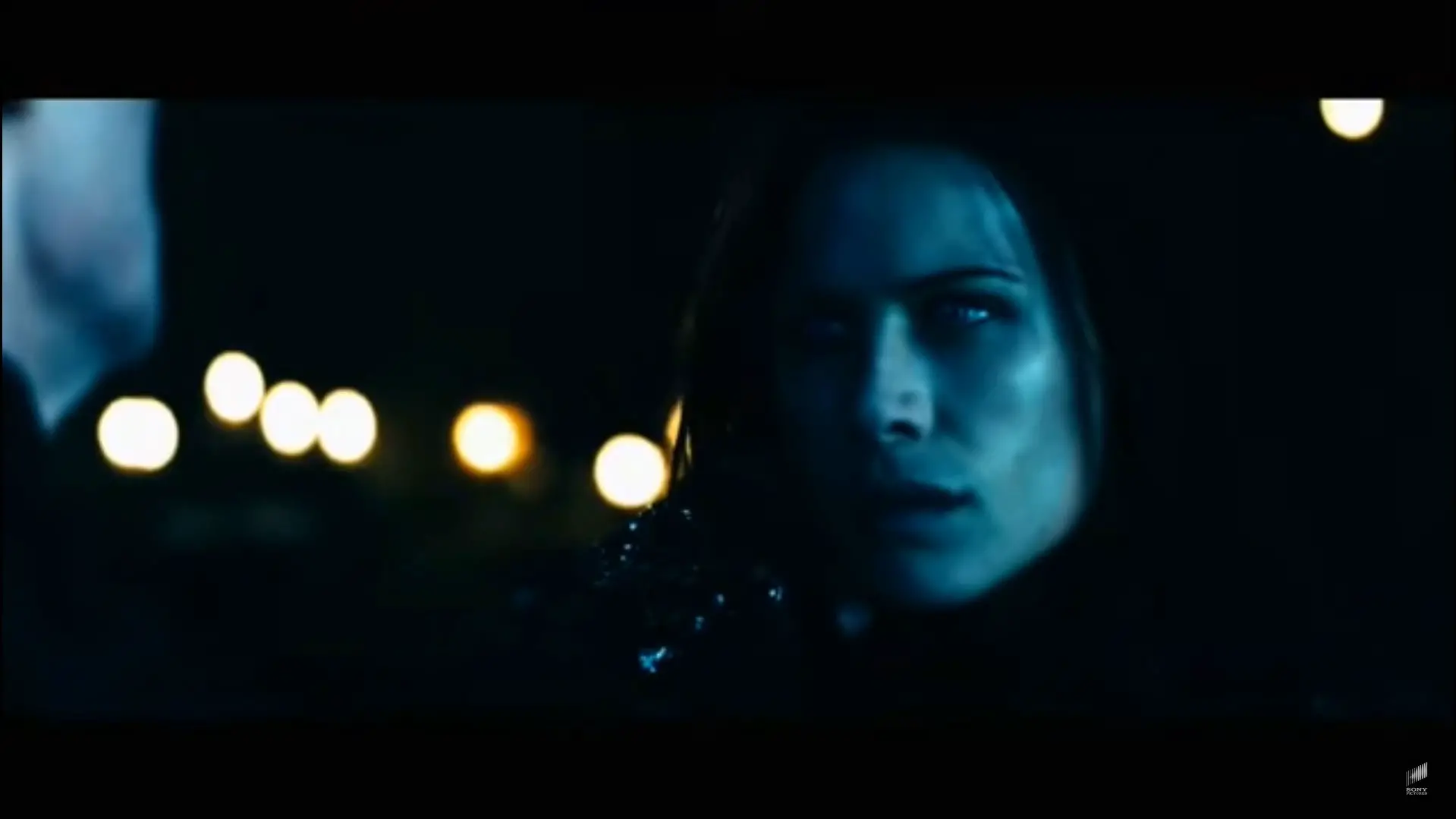
Underworld: Rise of the Lycans
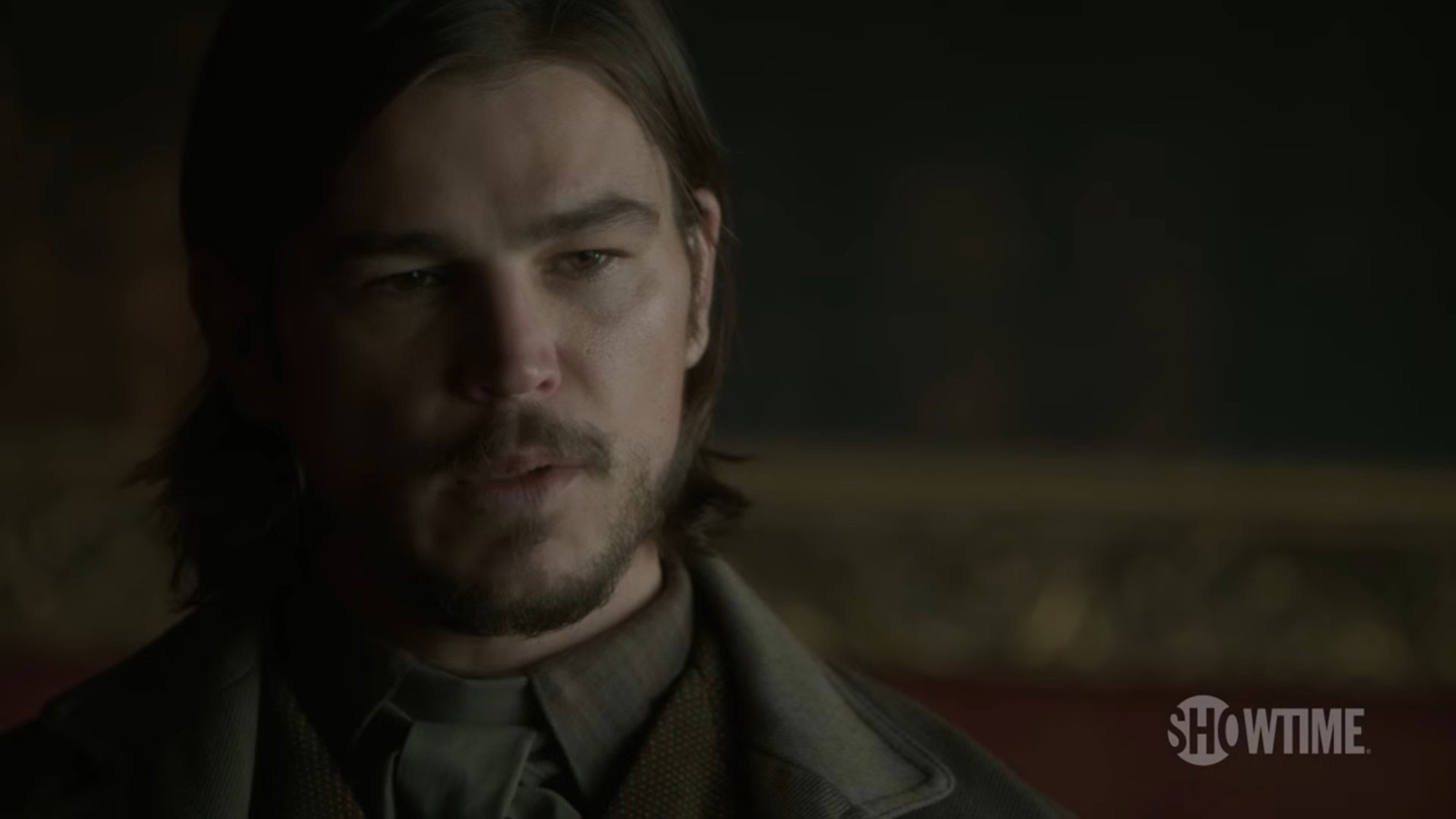
Penny Dreadful

The Haunting of Bly Manor
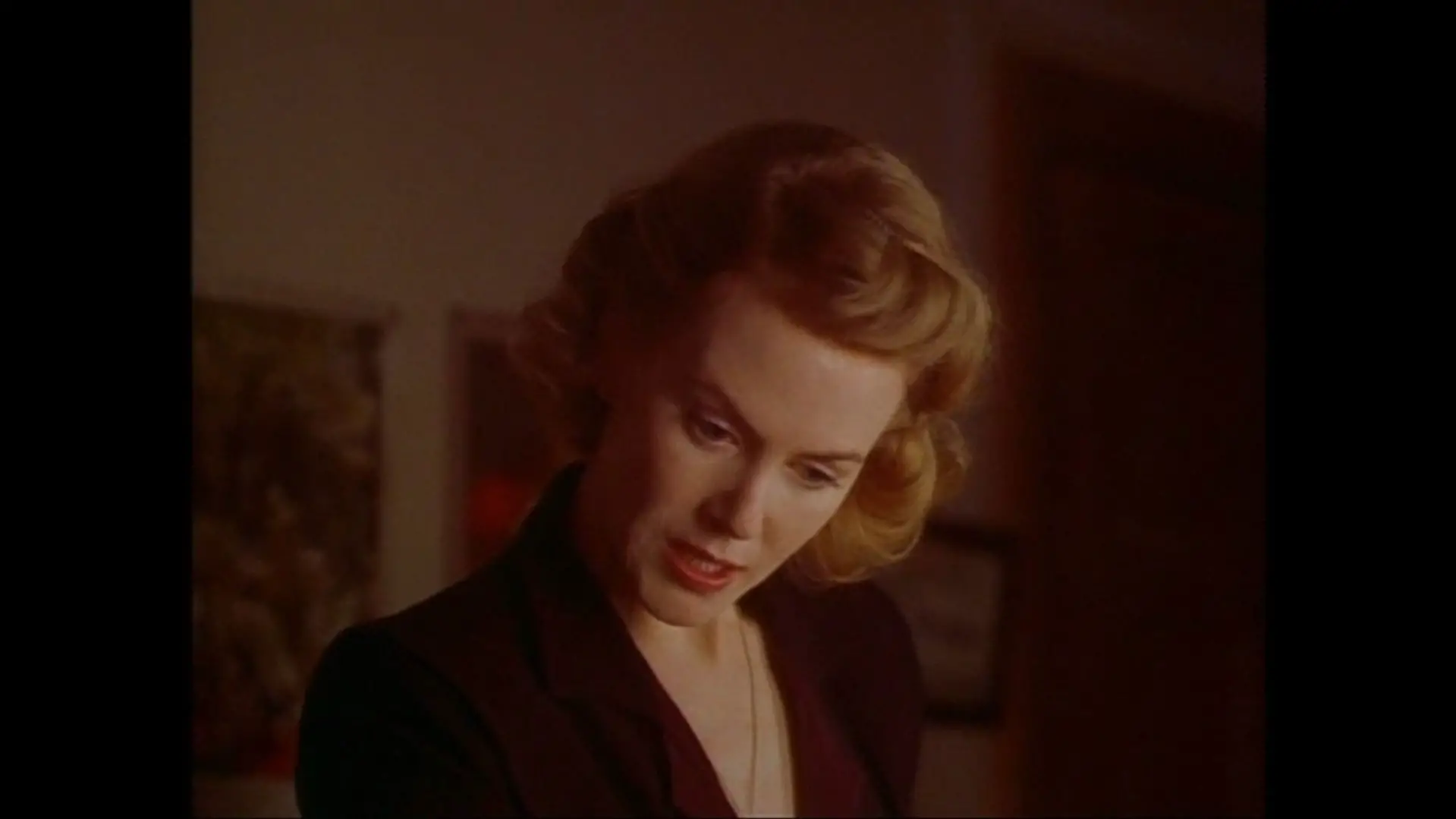
The Others
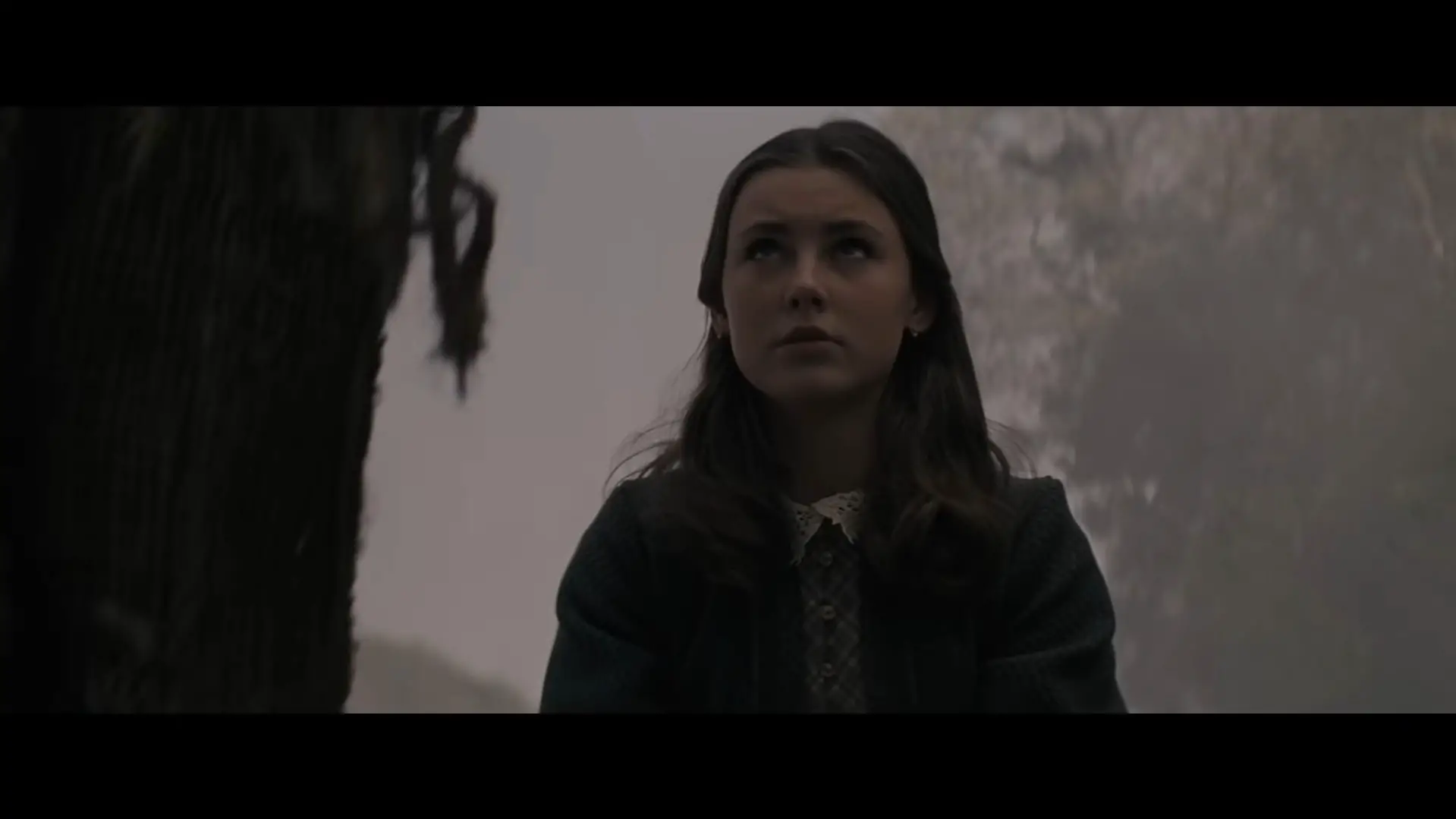
The Cursed
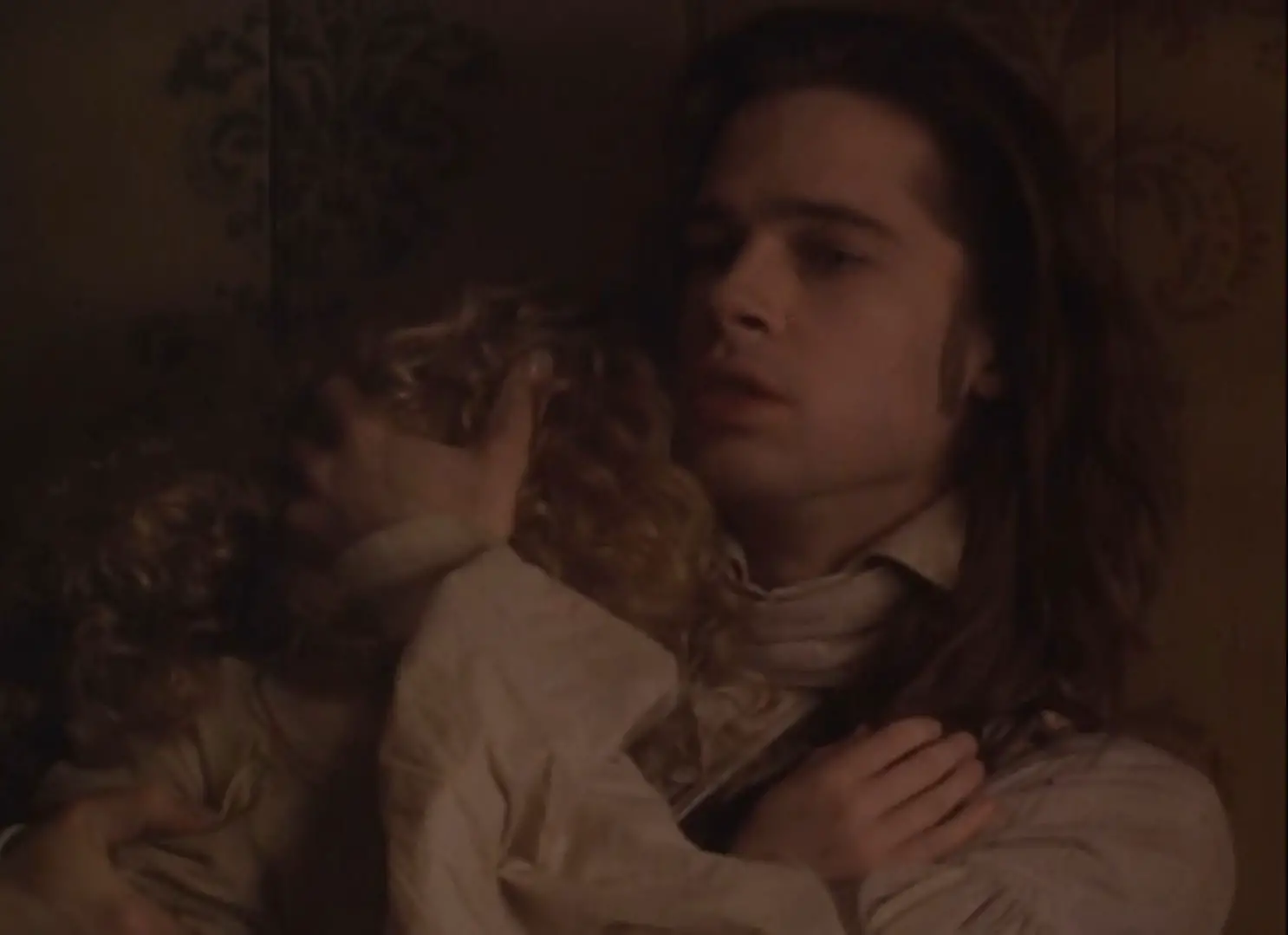
Interview with the Vampire
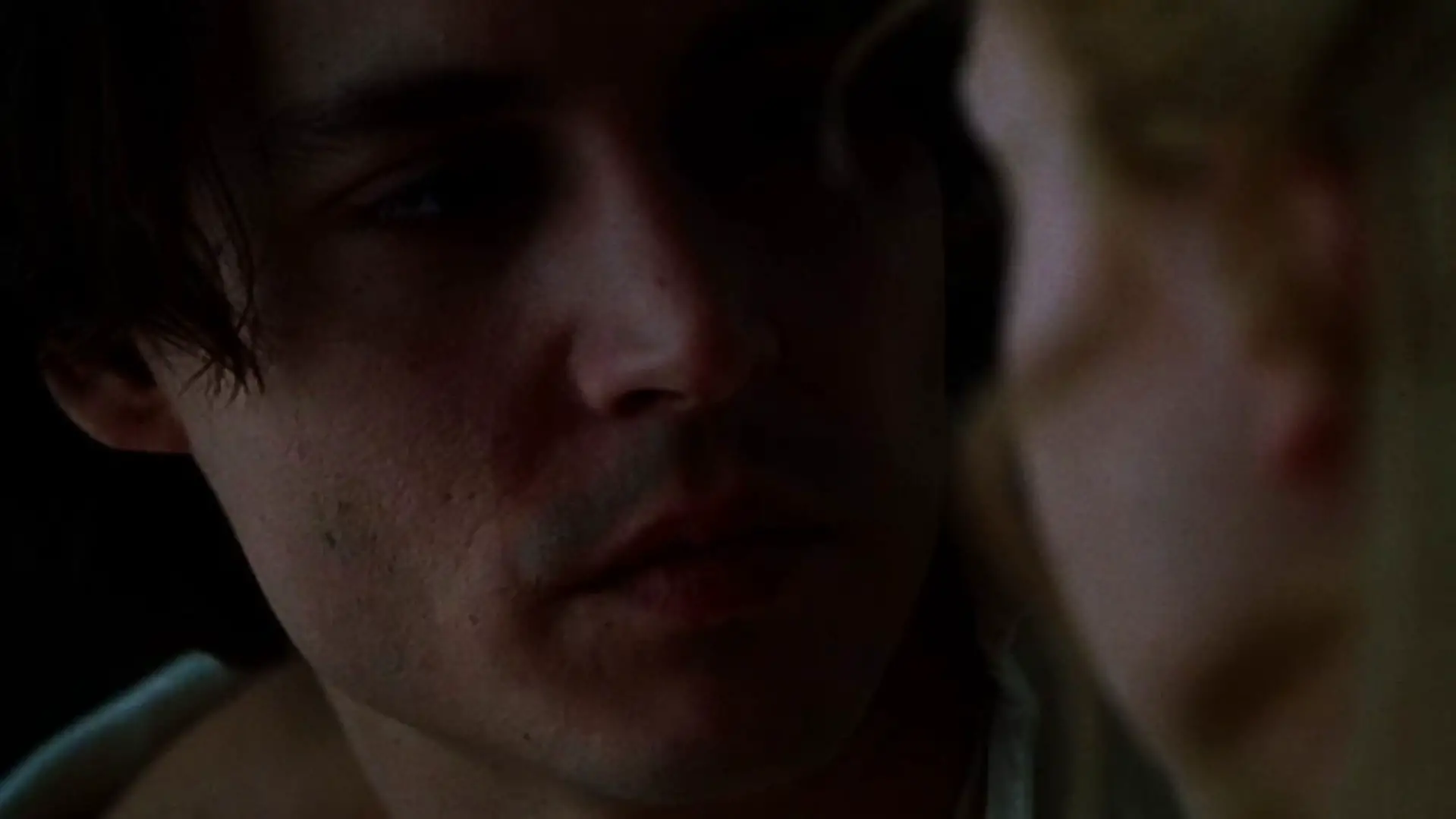
Sleepy Hollow
